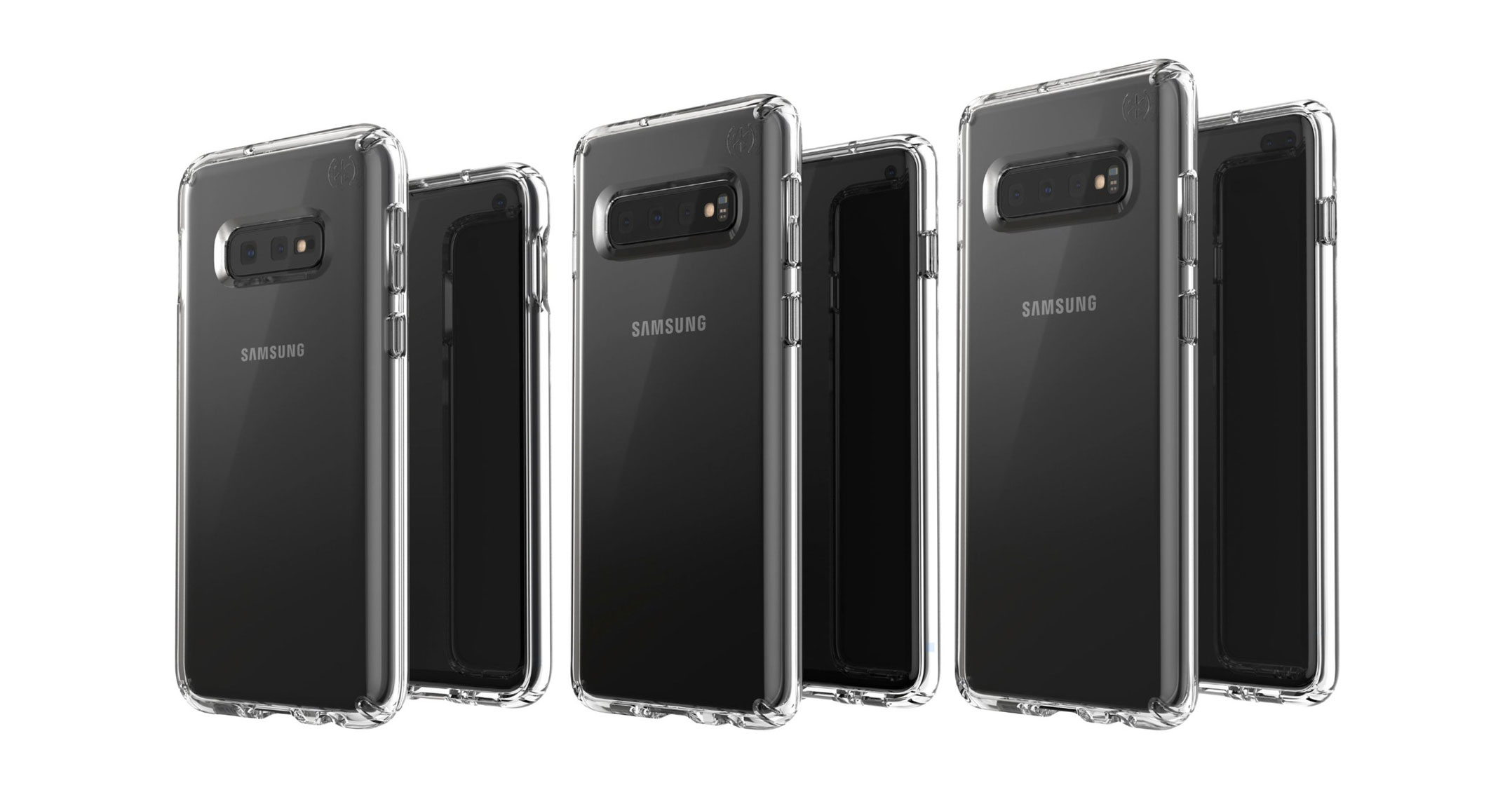 The Samsung Galaxy S10+ is the result of a decade’s worth of development that started all those years ago with the clunky, 4-inch Galaxy S in 2010.
The Samsung Galaxy S10+ is the result of a decade’s worth of development that started all those years ago with the clunky, 4-inch Galaxy S in 2010.
That original phone, with its chunky bezels, has transmogrified into a plus-sized, 6.4-inch, curved-edge display with minimal bezels and, significantly in 2019, no unsightly notch.
Listen to the Cars & Gadgets podcast where Nafisa Akabor and Duncan McLeod discuss the Galaxy S10+
The S10 Plus is a refined smartphone that you can immediately tell apart from its predecessor. It has a dual camera cut-out in the front and a horizontal trio of lenses at the back.
It also introduces new features like a “supersonic” under-screen fingerprint sensor, fast wireless charging and even reverse wireless charging.
Samsung’s “Infinity-O” display is by far the best design I’ve seen on a screen, a clever innovation that avoids a notch completely.
There are a bunch of clever wallpapers that disguise the single (on the S10) and dual camera (on the S10+) cut-outs, including the Death Star, Wall-E and Terminator.
The new ultrasonic in-screen fingerprint sensor transmits an ultrasonic pulse that uses sound waves to read your fingerprint in 3D to unlock the phone. It works at the bottom of the screen but requires some pressure to unlock it. It also works if your finger is wet, and is far superior to Huawei’s 2D optical scanner.
The S10+ is powered by an 8-nanometre Exynos 9820 processor, 8GB of RAM and 128GB of storage. Samsung remains one of the few manufacturers to keep the 3.5mm headphone jack on a flagship (instead of opting for USB-C), and provides a set of AKG earphones in the box.
Revamped design
In the two-and-a-half weeks I’ve been testing the phone, it never once stuttered, crashed or required a reboot. At the risk of giving away my age here, I did struggle a little with the revamped design and icons — it took longer than usual to locate the gallery and camera apps, for example, as I’d become used to Samsung’s older designs.
A long-awaited software update finally arrived a few days ago that allows you to remap the Bixby button. It’s not completely gone, though. If you choose to remap it, Bixby will still pop up on a double-press of the button. The button remapping works on models from the Galaxy S8 upwards. I’ve changed mine so it fires up Twitter.

The S10’s new rear trio-camera setup includes 16-megapixel ultrawide, 12MP wide and 12MP telephoto lenses; and there is no optical image stabilisation on the ultrawide lens. What I like about Samsung’s cameras is that the Auto mode does an excellent job for those who want to take the best shot but don’t know how to operate the Pro mode.
I tested some low-light shots in the Pro mode with the aperture set to f1.5 and yet the photos came out near identical to Auto. I found that the ultrawide-angle shots that contain humans in them look somewhat distorted, so it’s probably best used for landscape photos.
The front of the phone has dual 10MP and 8MP shooters that do a fantastic job of selfies.. Beauty mode is turned off by default, thankfully, so selfies are natural looking.
Battery life is good: you can get through a full day on it with heavy use, but the phone won’t last as long as the Huawei Mate 20 Pro, its nearest rival. The fast wireless charging is a great addition, but as for the reverse “powershare” — allowing you to charge another phone, for example, this is one of those features to boast about to your friends but won’t actually use.
The Samsung S10+ starts at R20 999 for the 8GB/128GB variant. The 512GB will set you back R25 999 and the 1TB a staggering R35 999. But who really need 1TB on a phone?
The S10+ is a polished smartphone, and the best Galaxy S device yet. If you’re brand-loyal and due for an upgrade, it ticks all the boxes. But if you’re shopping around, the Huawei Mate 20 Pro will make you think twice before taking out your wallet for Team Korea. — © 2019 NewsCentral Media




